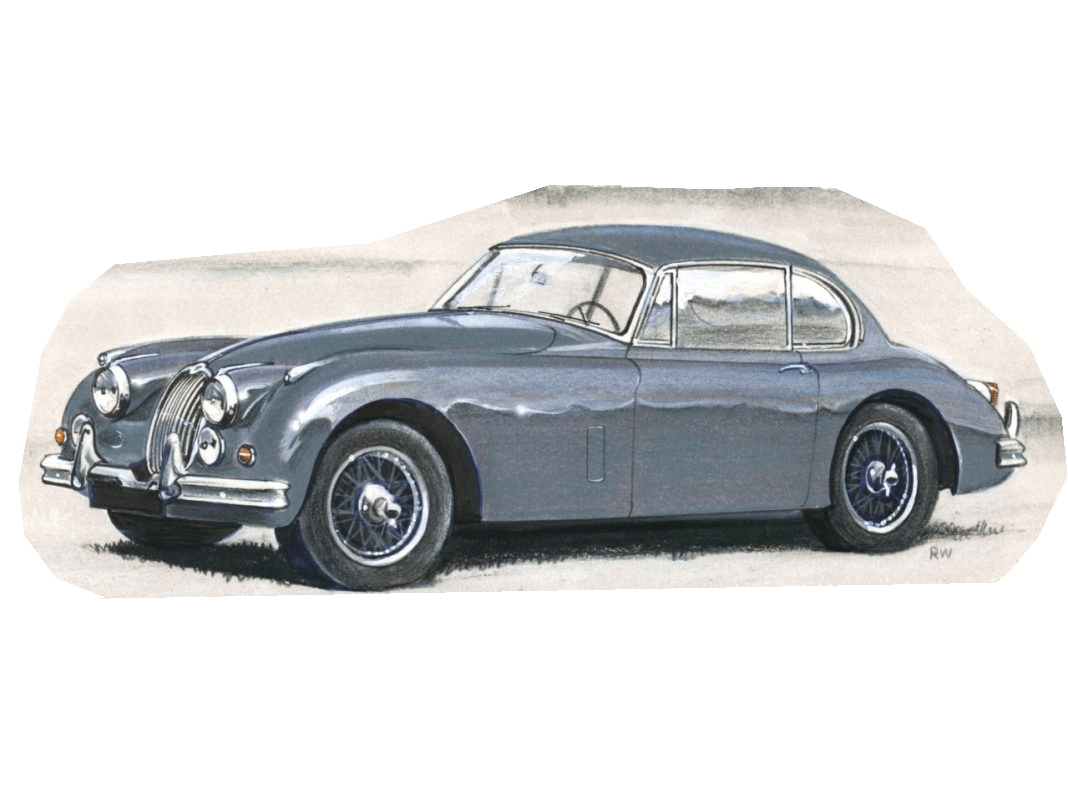
The vintage aesthetic of classic cars, coupled with their mechanical intricacies, have always managed to lure car enthusiasts into a world both timeless and exquisite. One such classic, which remains emblematic for its ravishing beauty and technical prowess, is the Jaguar XK150, the final evolution of Jaguar’s XK series. Produced from 1957 to 1961, the XK150 came just before the epoch-making Jaguar E type, and it is arguably one of Jaguar’s most glorified and celebrated models. Among the intriguing characteristics of its specifications, the car’s gear set-up makes for an exciting discussion. But just how many gears did the Jaguar XK150 possess?
The Jaguar XK150 was introduced with a four-speed Moss manual transmission that lent the car a competitive edge and a sporty allure, proving instrumental in the XK150’s acceptance and popularity back in the day. In the world of automobile fabrication, gears play a critical role as they serve in converting the power produced by the engine into kinetic energy, thereby easing the control of speed and force by the driver. The four-speed transmission in the XK150 effectively meant that the car had four forward speed settings and one for reverse.
In these manual vehicles, each gear represents a direct link between the engine’s speed and the speed of the vehicle. By providing four gear ratios, the Jaguar XK150 allowed the driver to navigate various roads and terrains with much more flexibility. From smooth city driveways to challenging countryside slopes – the versatile gearing capacity of the XK150 was both a convenience and a necessity for drivers of its era.
The four-speed Moss manual transmission came with synchromesh on the top three gears, a feature that facilitated smoother and quicker gear changes and protected the gears from being damaged due to incorrect shifts. Furthermore, an overdrive option was available, enabling a significant reduction in engine speed while cruising at a high speed. This feature provided an overall enhancement for fuel efficiency and engine longevity while also reducing cabin noise – an ace up the XK150’s sleeve, indeed.
In 1959, an automatic transmission option, dubbed ‘Borg-Warner Model 8’, was introduced. This was a three-speed automatic gearbox, and it was offered as an optional upgrade for customers seeking convenience and comfort in automatic transmission over manual gearboxes.
The multiple-choice in transmission types and the range of gears gave the Jaguar XK150 an advantage rarely seen in vintage cars of its time. The four-speed manual transmission and the three-speed automatic option offered drivers a versatile driving experience, adept in handling both inner city jaunts and more long-distance adventures.
In conclusion, depending on the model and the customer’s preference, the Jaguar XK150 had either three or four gears. Whether automatic or manual, this vintage model was equipped with gears seamlessly designed to cater to the tastes of the best automobile enthusiasts of the era, ever enhancing the XK150’s status in the annals of British motoring heritage. As such, the Jaguar XK150 remains an exemplar of technical evolution and timeless exquisiteness.